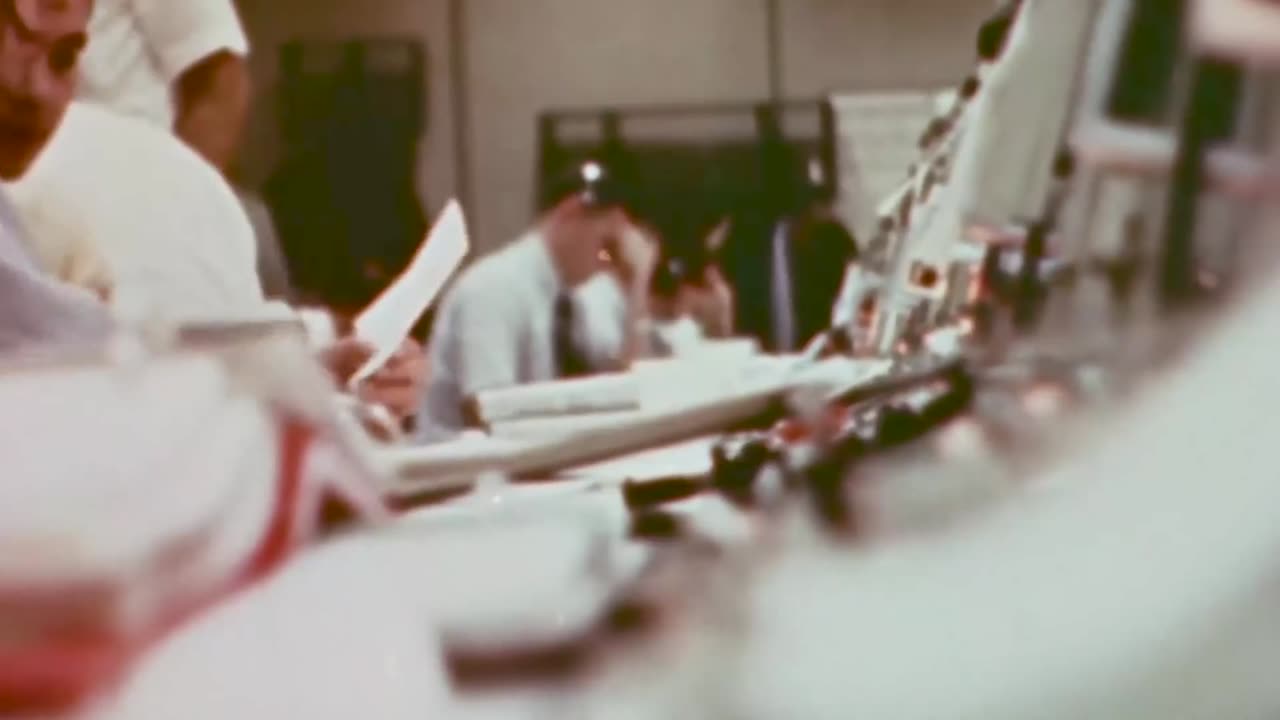Premium Only Content

Apollo 12 The Pinpoint Mission | NASA
Apollo 12, the sixth crewed mission in NASA's Apollo program and the second to land on the Moon, is often referred to as "The Pinpoint Mission" due to its remarkable precision in landing near its target. The mission was launched on November 14, 1969, from Kennedy Space Center in Florida and included a crew of three astronauts: Charles "Pete" Conrad, Alan L. Bean, and Richard F. Gordon.
One of the primary objectives of Apollo 12 was to demonstrate the precision of lunar landings. To achieve this, the mission aimed to land the lunar module, known as Intrepid, in close proximity to the Surveyor 3 spacecraft, which had landed on the Moon in April 1967. The Surveyor 3 site was chosen as the target because it was believed to be a relatively flat and safe location. The ability to land near a previous spacecraft was important because it demonstrated that astronauts could target specific landing sites, which would be crucial for future missions, especially Apollo 14 and 15, which aimed for more challenging landing sites.
The precision of the landing earned Apollo 12 the nickname "The Pinpoint Mission." The lunar module touched down within about 163 meters (537 feet) of Surveyor 3, a remarkable feat given the precision needed for a lunar landing. This success demonstrated NASA's ability to target specific landing sites and marked a significant achievement in the history of space exploration.
During their time on the lunar surface, astronauts Pete Conrad and Alan Bean conducted two moonwalks, performed various experiments, collected samples, and visited the Surveyor 3 spacecraft. They even retrieved parts of Surveyor 3 to bring back to Earth for analysis, providing valuable data on the effects of long-term exposure to the lunar environment.
Apollo 12 was a successful mission that contributed to our understanding of lunar exploration and marked another step toward achieving the ultimate goal of landing humans on the Moon. It also highlighted the precision and skill of NASA's astronauts and mission planners in executing lunar landings.
-
 2:45:00
2:45:00
TimcastIRL
7 hours agoIRAN WAR: Trump THREATENS Iran To EVACUATE NOW, Mobilizes Military | Timcast IRL
211K129 -
 9:32
9:32
MattMorseTV
14 hours ago $4.35 earnedTrump just DOUBLED DOWN.
36.2K25 -
 1:25:17
1:25:17
FreshandFit
8 hours agoThe Truth About Investing In Crypto
72.1K5 -
 3:08:32
3:08:32
Barry Cunningham
8 hours agoPRESIDENT TRUMP MAKES A DEAL AT G7 | IRAN MIGHT BE TOAST | WEIRDNESS IN MINNESOTA CASE!
84.8K96 -
 2:47:07
2:47:07
Tundra Tactical
6 hours ago $4.62 earned🎯🔫 Defending Our Rights: Unpacking the Short ACT & Hearing Protection Act in HR 1 Draft! Live Now!
44.7K5 -
 7:12:46
7:12:46
SpartakusLIVE
8 hours ago#1 Chicken Legs (FALSLY ACCUSED) Streamer bring YOU Monday MOTIVATION
78.4K2 -
 4:18:27
4:18:27
VapinGamers
6 hours ago $2.43 earnedMarvel Rivals - Rumblers Unite to Save the Galaxy and Demand a Tourney - !rumbot Beta Version
51.6K1 -
 26:57
26:57
Scary Mysteries
17 hours ago5 Most BIZARRE Clues Behind Real-Life Horror Stories
42.5K1 -
 8:13
8:13
The Shannon Joy Show
9 hours ago🚨 Trump’s Immigration U-Turn — Mass Amnesty, Political Chaos & MAGA Confusion
30.7K14 -
 5:00:16
5:00:16
Dragoon_B
10 hours agoDragoon - Siege X + Ninja Gaiden Ragebound DEMO + FNAF DEMO
19.5K